Issues of Identity
- About Me? Discovering Self
- Disability
- Exploring Gender Roles through Opera
- Gender and Power in Irish and European Tradition
- Heaven on Earth: Utopian Ideals and Human Nature
- Performance and Persuasion
- Sex and Morality
- Society and Environment
- Understanding Time, Celebrating the Ordinary
About Me? Discovering Self
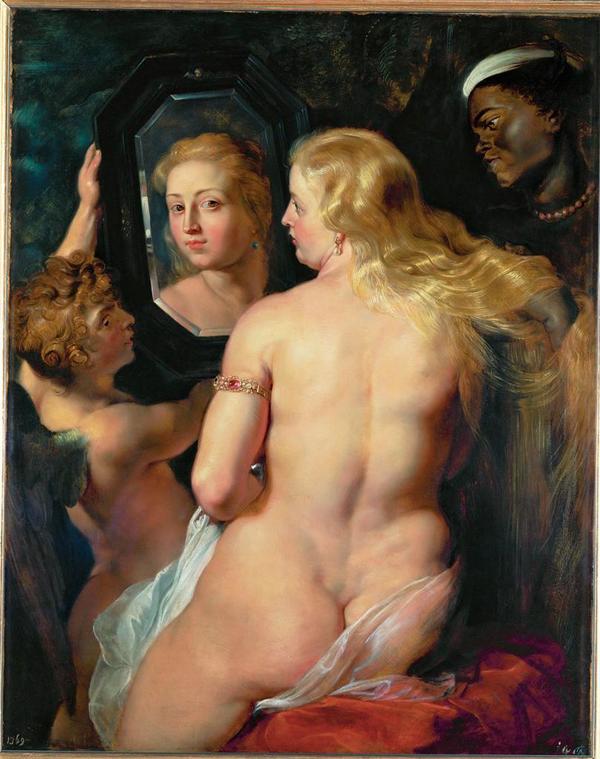
Martine DeRidder
Section-06 (CRN 12554) MW 8:00-9:15
This course explores some of the dimensions of the vast world of Selfhood.
First, we will seek insight into the nature of "self." The dynamic links between "soul," "body," and "mind" will be at the heart of our inquiry.
Second, we will examine ways to achieve self-fulfillment, considering a number of philosophical and psychological approaches to self-knowledge.
Thirdly, our desire for self-fulfillment will be examined in light of a "self" engaged in humanity. To this end, we will focus our attention on eastern traditions of self-discipline and spirituality.
Disability

Essaka Joshua
Section-21 (CRN 12570) TR 2:00-3:15
Section-26 (CRN 18443) TR 4:00-5:15
This course investigates the cultural meanings attached to extraordinary bodies and minds.
Cultural and literary scholarship has extensively explored issues connected with identities derived from race, gender and sexuality. Only recently have concepts of bodily identity, impairment, stigma, monstrosity, marginalization, beauty, deviance, and difference begun to cohere around disability as a concept and have emerged into a discipline called 'disability studies'.
This course covers topics such as human rights, feminism, medical attitudes, social stigma, normalcy, life narratives, gothic horror, bodily representation, mental impairment, the politics of charity, community and collective culture, bible narrative, the carnivalesque, eugenics, the built environment, and empowerment, in a range of disciplines including literary studies, film, theology, government policy, art, and drama. Key texts and films will include The Elephant Man, The Hunchback of Notre Dame, Victor Hugo's Notre-Dame de Paris, and Milton's Samson Agonistes.
As part of the assessment, students who take this class will take part in a local placement with people with disabilities at the Logan Center in order to gain experience of community-based learning.
Exploring Gender Roles through Opera
Mary Frandsen
Section-15 (CRN 12563) TR 11:00-12:15
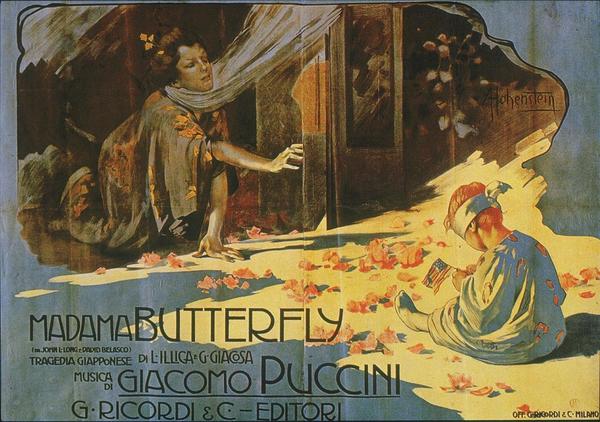
This course will explore gender relationships through the centuries as viewed through the lens of opera.
We will study five well-known operas spanning a period of nearly 300 years (1642-1934), composed by Monteverdi (L’Incoronazione di Poppea), Handel (Tamerlano), Mozart (Don Giovanni), Verdi (La Traviata), and Shostakovich (The Lady Macbeth of the Mtsensk District). We will focus our attention primarily on the principle male and female roles and the situations and decisions into which the leading characters are forced, and will examine the ways in which these multivalent works portray gender roles, and reflect the societal and cultural norms of different periods in history.
We will first do a close reading of each libretto, and then examine the ways in which the musical setting of the text works to affirm or subvert the messages that underlie it, and the ways in which the composer empowers the various characters, perhaps in contravention of societal norms. We will examine the extent to which the underlying messages in these operas have or have not changed over time, as well as broader themes that are relevant to human relationships in today's society.
The course will also include introductions to the formal, dramatic, and musical conventions of opera in each of the periods covered.
Gender and Power in Irish European Tradition

Peter McQuillan
Section-12 (CRN 12559) MW 9:30-10:45
The topic to be covered is the relationship between gender and ideologies of power and authority as mediated through language, literature, history and the arts, with particular reference to developments in Ireland and Europe from the medieval period onwards.
Individual classic works to be read will include the Irish epic-saga Táin Bó Cúailnge (“The Cattle Raid of Cooley”); Acallam na Senórach (“The Conversation of the Elders”), both with particular reference to the pagan-Christian encounter in medieval Ireland); Lebor Gabála Érenn (“The Book of Invasions” or “The Book of the Taking of Ireland”), with reference to Irish cosmogony and legends of origin; we will make a particular study of the great female figures of medieval Irish literature such as Deirdre, Emer and Medb, as well as the eponymous Irish goddesses Ériu, Banba and Fótla. Important secondary works here will include those of Kim McCone on "pagan past and Christian present" in early Ireland in addition to Proinsias Mac Cana and Máire Herbert on the female sovereignty figure and Tomás Ó Cathasaigh on the king as heroic prototype.
For the modern period we will read selections from seventeenth and eighteenth-century poetry which deal with the female personification of Ireland during the colonial period. We will also examine the evidence from Irish folklore for a gendered world view and consider how it modifies the view of the "high" literary tradition with regard to the role of women in society.
In addition, we will look at a variety of continental European materials for comparative purposes. From the three main branches of Arts and Letters, we will use literature, history, linguistics, anthropology (especially the linguistic-anthropological interface), folklore and music.
Heaven on Earth: Utopian Ideals and Human Nature

Grant Ramsey
Section-28 (CRN 18447) TR 9:30-10:45
Utopias may not exist, but what do such ideals teach us about our nature as social and political beings?
This College Seminar will examine idealized forms of society found in classic texts in philosophy, literature, and politics, as well as popular films. We will look at these texts not simply as reflections of human hopes and aspirations, but, more critically, as tools for evincing our perceptions of what it means to be human.
This class begins with the presumption that the tension and contradictions between the hopes we have for ourselves and the realities of human experiments in creating “ideal” societies offers insights into human nature.
Performance and Persuasion
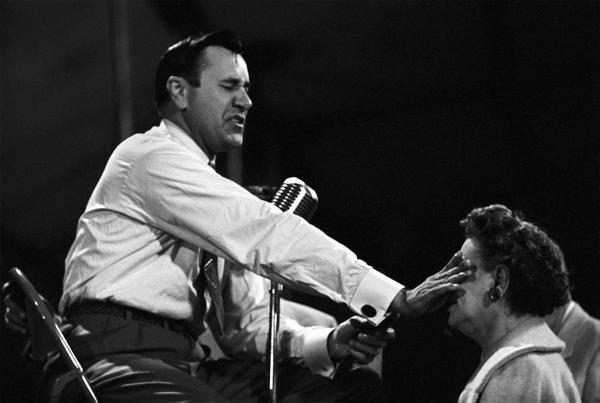
Mark Pilkinton
Section-19 (CRN 12568) TR 2:00-3:15
Persuasion, often at the very heart of performance, is central to much of human activity.
This course explores the important relationship between performance and persuasion by studying primarily plays (both on the stage and on the page) but also other performative texts containing strongly convincing and/or persuasive elements. Approaching persuasion from the tri-partite perspective of the Arts, the Humanities, and the Social Sciences, examples of texts used may include Shakespeare's Cymbeline, the graphic novel of The 9/11 Report, Aristophanes's anti-war Lysistrata, Shaw’s proto-feminist Mrs. Warren’s Profession, McDonagh's graphic film In Bruges, and the televangelistic efforts of Bishop Fulton Sheen to reaffirm the faith.
Students will determine the nature and characteristics of convincing and persuasive performative events and then, in classroom presentations and discussions, convince their peers of their point of view and perhaps even persuade them to take action.
Sex and Morality
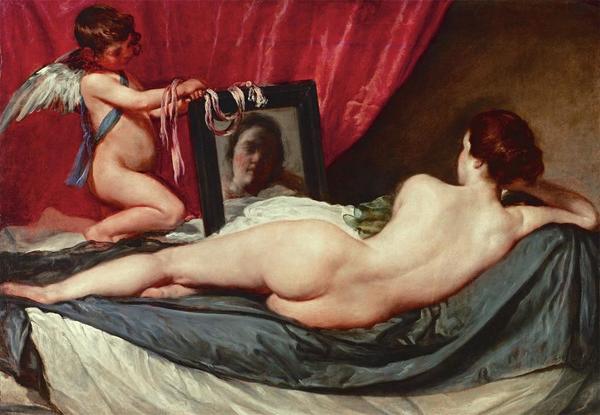
Gail Bederman
Section-31 (CRN 18452) TR 11:00-12:15
Should sexual relations be judged in terms of “morality?” If so, what factors make sex moral—or immoral?
Members of this seminar will consider this question by reading, viewing, listening to, and discussing classic and contemporary texts and works of art. Readings will be taken from Scripture, Plato’s Symposium, Augustine of Hippo, John Paul II’s Theology of the Body, Sigmund Freud, as well as recent scholarship in psychology, sociology, anthropology, and history.
Novels, films and music—classic and current--will round out our syllabus.
Society and Environment

Andrew Weigert
Section-13 (CRN 12560) TR 3:30-4:45
This seminar raises issues of human-environment interaction that are the basis of human life individually and socially.
The goal is eloquence expressing critical intelligence in the service of universal human values in relations with others and with natural environments. Readings include Turnbull's The Forest People, part of Genesis, a selection from Quinn's Ishmael, Dillard's Pilgrim at Tinker Creek, Faulkner's The Bear, and others. A Snite Museum tour of relevant art pieces is part of the course material.
Participation in class discussions and a final oral examination make up two-thirds of the grade.
Understanding Time, Celebrating the Ordinary
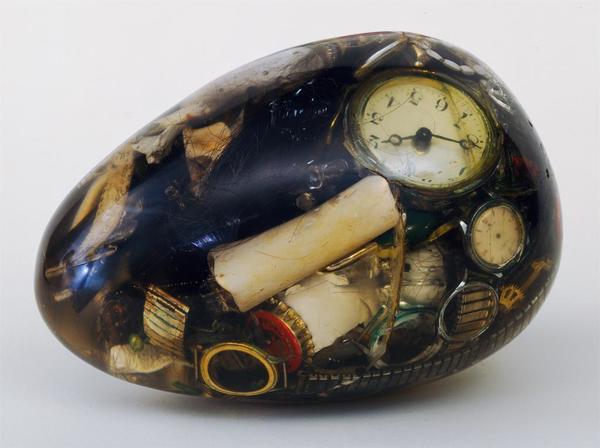
Patrick Martin
Section-08 (CRN 12557) MW 1:30-2:45
Section-10 (CRN 13936) MW 3:00-4:15
From being in time to being on time, all that has meaning for us is known first through the body.
Our engagement with questions bearing on the rhythms of our lived experience, the construction of human identity or the expression of our creative potential always takes place at the level of the particular, the local and the ordinary. Discussion of what it means to be, to know, and to make in time will be supported by reflection on course material drawn from historical, sociological and theological sources.
Participants in this interdisciplinary seminar will also work with film, photography and literature.
As they work to acquire a specific body of knowledge, seminar participants will have the opportunity to refine their communication skills through individual and collaborative reflection on a variety of levels. Emphasis will be placed on learning to read more attentively, to ask productive questions, to develop an argument or a line of investigation, and to respond usefully to the questions and observations of others.
Written assignments will also offer students a chance to practice expressing an argument clearly, exploring it logically and supporting it by appropriate textual reference.